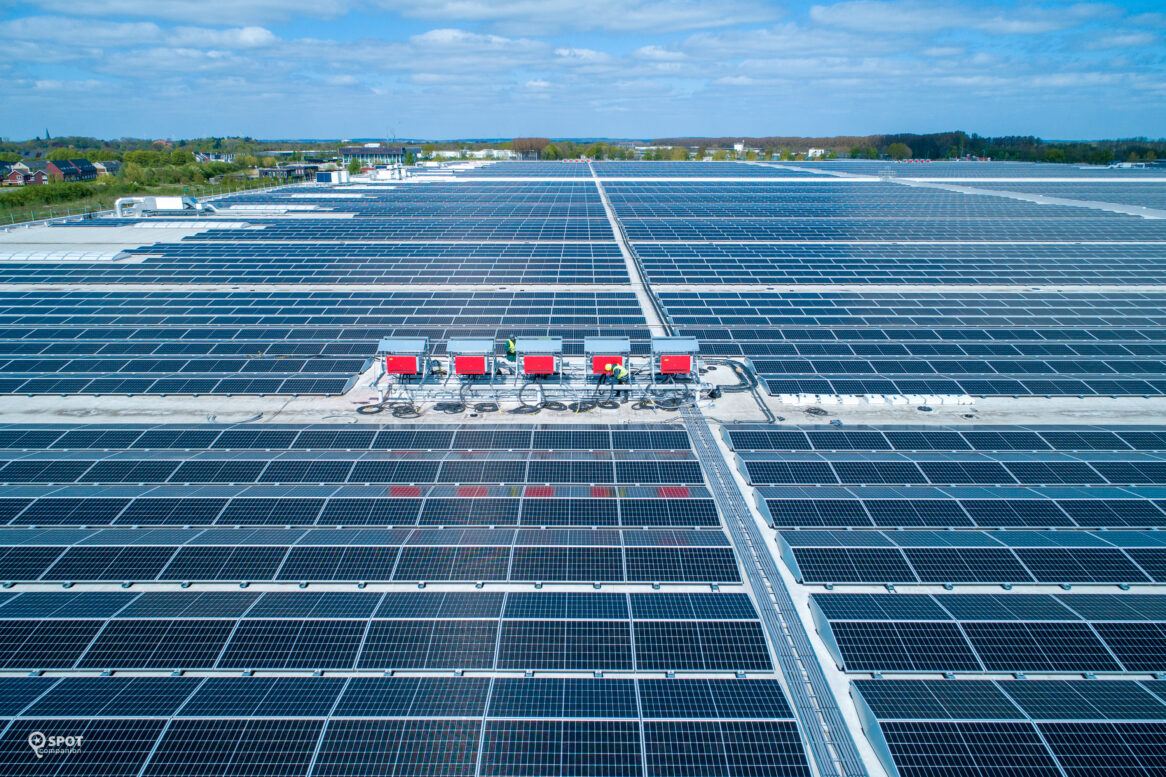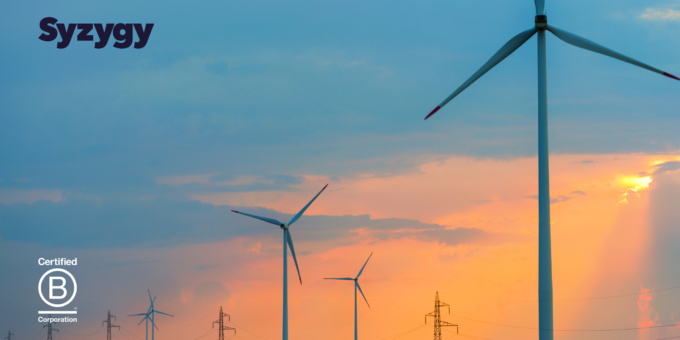Europe is leading the way in renewable energy production, with 6 countries in the top 10 producers of renewable energy globally. Most of this progress is located in the Northern countries, with Norway and Iceland topping the tables, generating large amounts of their electricity from eco-friendly hydropower by monopolising on the vast number of river and waterfalls in their country.
By utilising technologies that work with the environment, Europe and its neighbours create a more diverse renewable energy supply, ultimately reducing the world’s carbon footprint, creating jobs, and working with the local climate to protect it. One area that has recently been discussed in this way is the Mediterranean. The Economist published a report in November 2023 pointing to this region and its potential to become a “green energy powerhouse”.
One seemingly obvious opportunity is to have our solar panels bask in the same hot sun we so frequently seek out ourselves. Spain enjoys a daily average of 4.6 kilowatt hours of sunlight per square meter and Morocco averages 5.6kWh – double of what Germany receives. Travelling further south into Northern Africa presents a rare opportunity that only 10 locations in the world enjoy, an abundance of sun and wind means that electrolysers could run “virtually non-stop”.
These countries also have more space than their Northern neighbours with lower population densities. The ideas above are in no way new. In the early 2000s a group of companies formed an association to explore the opportunities to harness the Sahara desert’s solar reserves – this organisation was called Desertec. At this point, the cost of development was too high and the technology for transporting the energy around the world was not yet advanced enough. However, 15 years on, the costs for these technologies have drastically reduced and a revival of the idea has followed.
Spain and Portugal are already working on a strategy to maximise the opportunities on the Iberian Peninsula to create a “green hydrogen hub”. Due to advancements in technology, hydrogen can now be produced at the source and transported to where it is needed as a gas or a derivative. Europe’s steel and chemical industries will be keen to get their hands on this carbon-free fuel to keep their industries afloat amidst the transition to renewable energy sources. Indeed, Germany has already acknowledged that to protect the planet and the industry, they need to invest in alternative fuel sources like hydrogen. In November 2023, the German government announced subsidies for building hydrogen pipelines and have previously announced their “hydrogen diplomacy” scheme which includes “hydrogen embassies” in key countries. The European commission has also been actively launching initiatives to encourage investment in this area from a hydrogen accelerator to subsidies and relaxing of state-aid rules to support firms in efforts to decarbonise.
However, it’s not all sunshine (and rainbows). Mallorca is home to two solar plants powering an electrolyser which splits water into oxygen and hydrogen, creating a carbon-free fuel. But due to a design flaw in the electrolyser, no hydrogen has yet been produced, leaving power cells standing unused and a wealth of opportunity missed. With a new local government who seem far less interested in the opportunities here, the project is at a standstill.
This example highlights the very real problems that need to be overcome before Desertec and their counterparts dreams’ can come true. Companies are nervous to commit to signing long term agreements as they are wary of the long-term offtake agreements and future pricing of hydrogen. This creates a classic chicken and egg situation with limited investment without proving that the scheme works. To add to this, political instability in some areas of north Africa have led to nervous investors looking elsewhere. This, compounded by the physical challenges of installing and upgrading infrastructure to transport such fuel leaves those looking in the direction of the Mediterranean with a far less optimistic view.
There is no doubt that the Mediterranean offers a great opportunity for solar, wind and hydrogen investment. However, we are still a few years away from sharing our sun with more green-hydrogen power plants in this area. Investment from neighbouring countries has set the region on the right path but careful consideration of design, infrastructure and politics will be required to maximise success for all.
Sources:
1 - https://businessnorway.com/articles/renewable-energy-flows-through-norway
3 - https://energy.ec.europa.eu/topics/energy-systems-integration/hydrogen_en
Image - https://www.economist.com/business/2023/11/13/can-the-mediterranean-become-europes-energy-powerhouse





